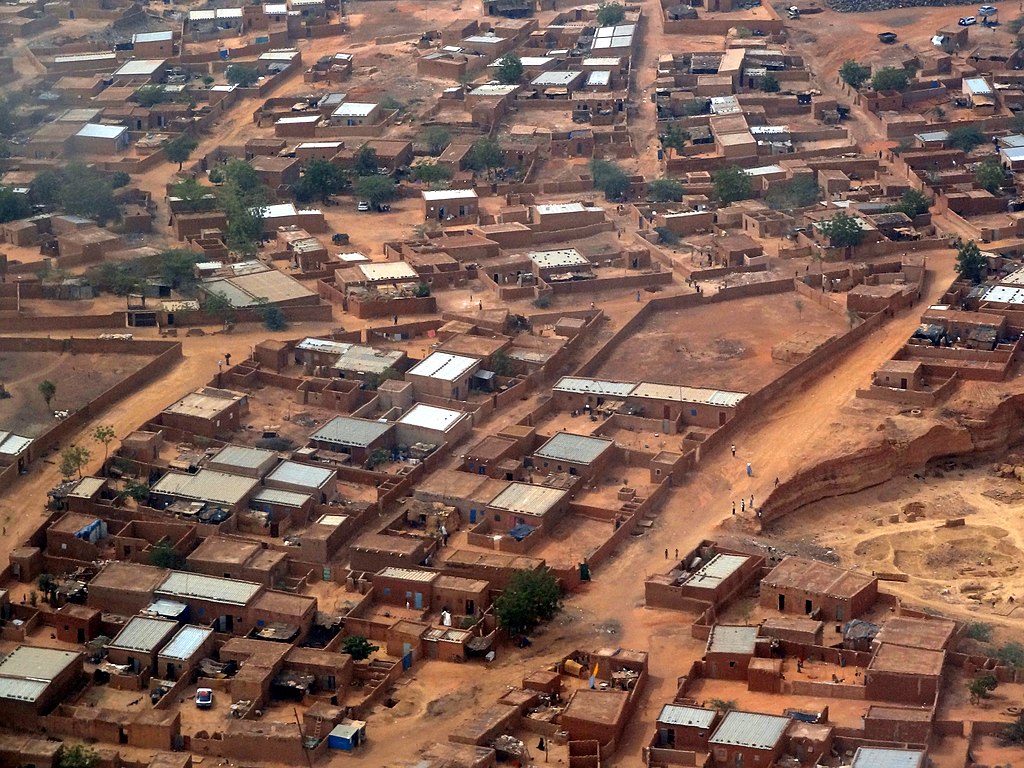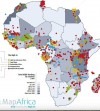In its latest report on the global economic outlook, the IMF raised its 2022 growth forecast for sub-Saharan Africa to 3.8%, despite inflationary risks. Like Niger, six other African countries are expected to register growth above 6% this year.
Niger will record the strongest economic growth on the African continent in 2022. This is what emerges from the latest report on the global economic outlook published by the International Monetary Fund (IMF) on Tuesday, April 19.
With a forecast of 6.9%, the West African country should therefore see its gross domestic product (GDP) increase much faster than in 2021 when growth was estimated at 1.3%. This recovery should be driven by the various projects underway in the country, in the infrastructure and energy sector.
It should be noted that in recent years, the Nigerien economy had been on an upward curve, before these increases were disrupted by covid-19. Thus, from 5.9% in 2019, Niger’s growth fell to 3.6% in 2020 at the height of the pandemic.
Last year, this downward trend intensified amid rising food prices and insecurity. According to the World Bank, inflation in the country had risen to 3.8% in 2021, well above the community standard of 3% within WAEMU.
However, the country is expected to experience a gradual recovery, notably thanks to its pipeline project which should boost oil production capacity by 2024 and lead to double-digit economic growth in the medium term. According to the IMF, Niger’s growth for 2023 could reach 7.2%.
It should be noted that on the continental level, the IMF indicates that Niger will be followed in terms of economic growth by South Sudan (6.5%), Rwanda and the DRC (6.4%), Mauritius and the Equatorial Guinea (6.1%) and Côte d’Ivoire (6%). Compared to its January forecast, the institution raised its forecast for sub-Saharan Africa in 2022 by 0.2 percentage points to 3.8%.





























Réagissez à cet article